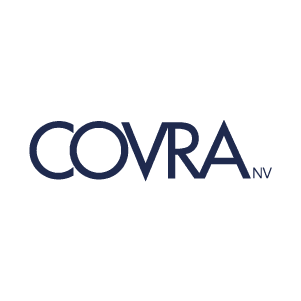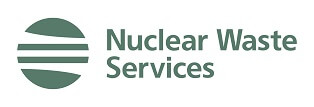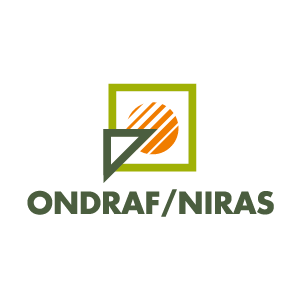iCHANCE: Chemotoxic/non-radiological contaminants of radioactive wastes
The iCHANCE project is a collaborative project between Waste Management Organisations to exchange information and approaches regarding consideration of the chemotoxic/non-radiological contaminants of radioactive wastes committed to radioactive waste disposal facilities in the European regulatory context.
Overview
Project Dates: 01/09/2021 (start)
Project Status: Ongoing
Website: N/A
Several waste streams planned to be disposed of contain not only radioactive, but also non-radioactive species, and some of them require consideration as chemotoxic pollutants. Additionally, barrier materials (concrete components, metals, etc.) forming an integral part of the disposal system may, over the long timescales relevant to post-closure evolution of a radioactive waste repository, release potential pollutants to the geological environment. To ensure compliance with the EU Water Framework Directive (WFD – 2000/60/EC) and the Groundwater Daughter Directive (GWDD – 2006/118/EC), Waste Management Organisations (WMOs) must consider the protection of groundwater from the release of any chemotoxic contaminants in the post-closure phase of a radioactive waste disposal facility.
The IGD-TP’s iCHANCE project comprises a series of workshops for WMOs to facilitate the sharing of knowledge and approaches in evaluation of the fate and transport of chemotoxic and other non-radiological contaminants in the context of geological disposal.
The project was initiated in September 2021 and is the project report is now almost complete.
Objective
The primary objectives of the iCHANCE project are to share and understand the approaches to non-radiological / chemotoxic contaminants of the disposed waste in different countries and to identify future activities that can be developed jointly by IGD-TP members. These objectives are supported by a series of workshops between WMOs with the following goals:
- Benchmarking which chemotoxic/non-radioactive elements and materials are considered by each national programme in relation to ILW/LLW (and SF/HLW) disposal programmes.
- Providing participants an overview of the WMO’s practices of determining the amount of chemotoxic/non-radioactive elements in the different waste streams (e.g. calculation of mass balance, modelling, measurements).
- Determining what kind of transport modelling is applied to evaluate the effects of such compounds where WMO’s are already dealing with chemotoxic/non-radioactive substances.
- Determining what threshold values are applied for the chemotoxic contaminants in the environment with regard to the Water Framework Directive and Groundwater Daughter Directive requirements.
- Benchmarking how chemotoxic/non-radioactive materials are reflected in Waste Acceptance Criteria (WAC).









